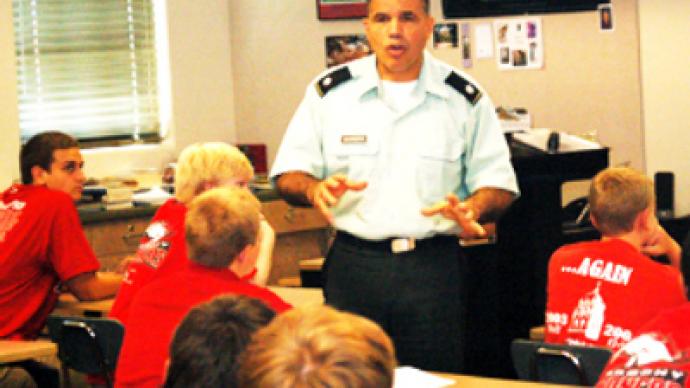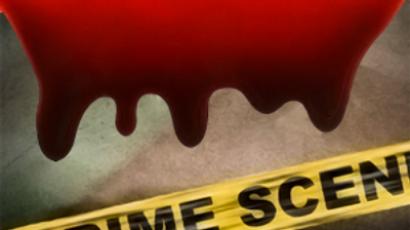Final bell to sound for US “School of Assassins”?

Pressure is mounting on the US school that has trained some of Latin America’s worst human rights abusers. Legislation may see the School of the Americas close after 63 years of controversy.
The Western Hemisphere Institute for Security Cooperation (WHINSEC) has had many names but is best known as the School of the Americas.
However, the end may be nigh for the “School of Assassins”, as it is also known. The US House of Representatives is debating the suspension of the US training establishment for Latin American and Caribbean military.
If passed, the Latin America Military Training Review Act will also investigate the institution’s torture and extrajudicial-killing training manuals, and accusations of human rights abuses connected to it.
It began life in Panama as the Latin American Training Center-US Ground Forces at start of the Cold War in 1946. Since then, more than 60,000 of the cream of Latin America’s and the Caribbean’s military personnel have passed through its doors.
In 1984 it moved to its present home in Fort Benning, Georgia. By then its reputation was tarnished: then-President of Panama Jorge Illueca called it: “The biggest base for de-stabilization in Latin America” and a Panamanian newspaper gave it the moniker “School of Assassins”.
Since then, its reputation deteriorated following the 1996 release of school manuals condoning torture.
Human rights hit curriculum
After a curriculum rewrite, democracy and human rights within US customs are now stressed in each course. This is an attempt to safeguard the future of the school. Former students had taken their skills and perpetrated some of the troubled continent’s worst human rights abuses.
Amnesty International estimates that hundreds of rights abusers graduated from the school.
Dictators and senior officers of Argentina, Bolivia, Colombia, Ecuador, El Salvador, Guatemala, Panama and Peru all trained at the “Nursery of Death Squads”. Between them, they are implicated in the torture, rape, killing, “disappearance” and making into refugees of hundreds of thousands of their citizens. Together, they represent a Who’s Who of the Dirty War in the southern cone and the civil war years of Latin America.
Former students recently in the news include two Colombian generals charged with collaborating with criminal paramilitaries. In June, Brigadier General Latorre and Del Rio were charged with laundering money and colluding with paramilitary groups responsible for atrocities.
Abusers linked to US training
Critics, such as the School of the Americas Watch (SOA Watch), claim the school’s education is the link between the students and human rights abuses some subsequently commit.
In its defense, WHINSEC emphasizes its support for democracy and human rights. It also rails against SOA Watch’s claims of a “false cause-and-effect relationship between training at the now-closed US Army School of the Americas and WHINSEC, and the criminal acts of a few who have attended the school’s programs in the distant past.”
Recently, the continent’s shift to the left has seen a fall in countries sending their finest to Fort Benning. Argentina and Uruguay are the latest to join Bolivia and Venezuela as nations not taking up training at the US taxpayers’ expense.
SOA Watch lobbies other countries not to send students to the academy. It is focusing on the new government of El Salvador, which has a special significance to the organization.
It was founded by a Catholic priest, Roy Bourgeois, after four US churchwomen were raped and killed by Salvadorian soldiers in 1980, and six Jesuit priests, their housekeeper and her daughter were murdered in 1989. The perpetrators of the priests’ killings were found to have trained in the US at the school.
“The light of our movement was switched on in El Salvador, where the killings of the priests helped open our eyes to the way the US army was using our taxes,” Lisa Sullivan, SOA Watch’s Latin America coordinator, told IPS.
School as a moral symbol
As politicians debate the future of the school, the views of US President Barack Obama are unknown. Having defined his presidency with the goal of retrieving US moral credibility, he has been uncharacteristically quiet.
The school has had close scrapes with closure in the past. Now, under a new name and a new curriculum, it is likely the more unpalatable training goes on elsewhere. However, the school remains symbolic of a US still tarnished by Abu Ghraib, waterboarding and Guantanamo Bay.
How the House of Representatives votes under Obama’s leadership will speak volumes about US military and human rights aspirations in Latin America.
Jonathan Stibbs for RT













